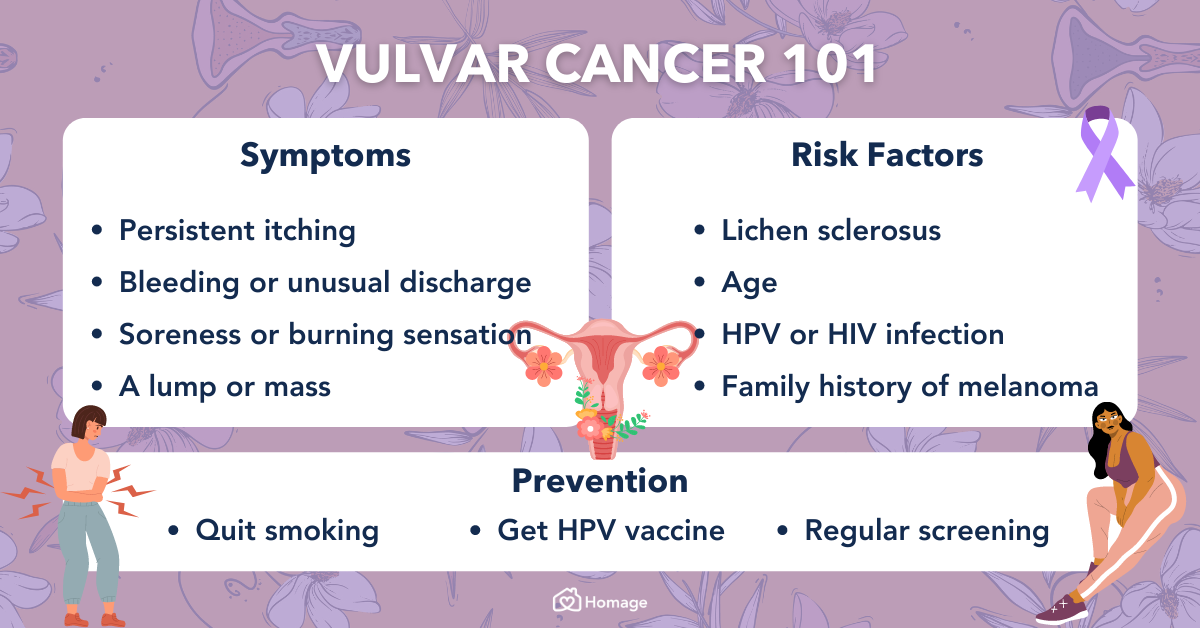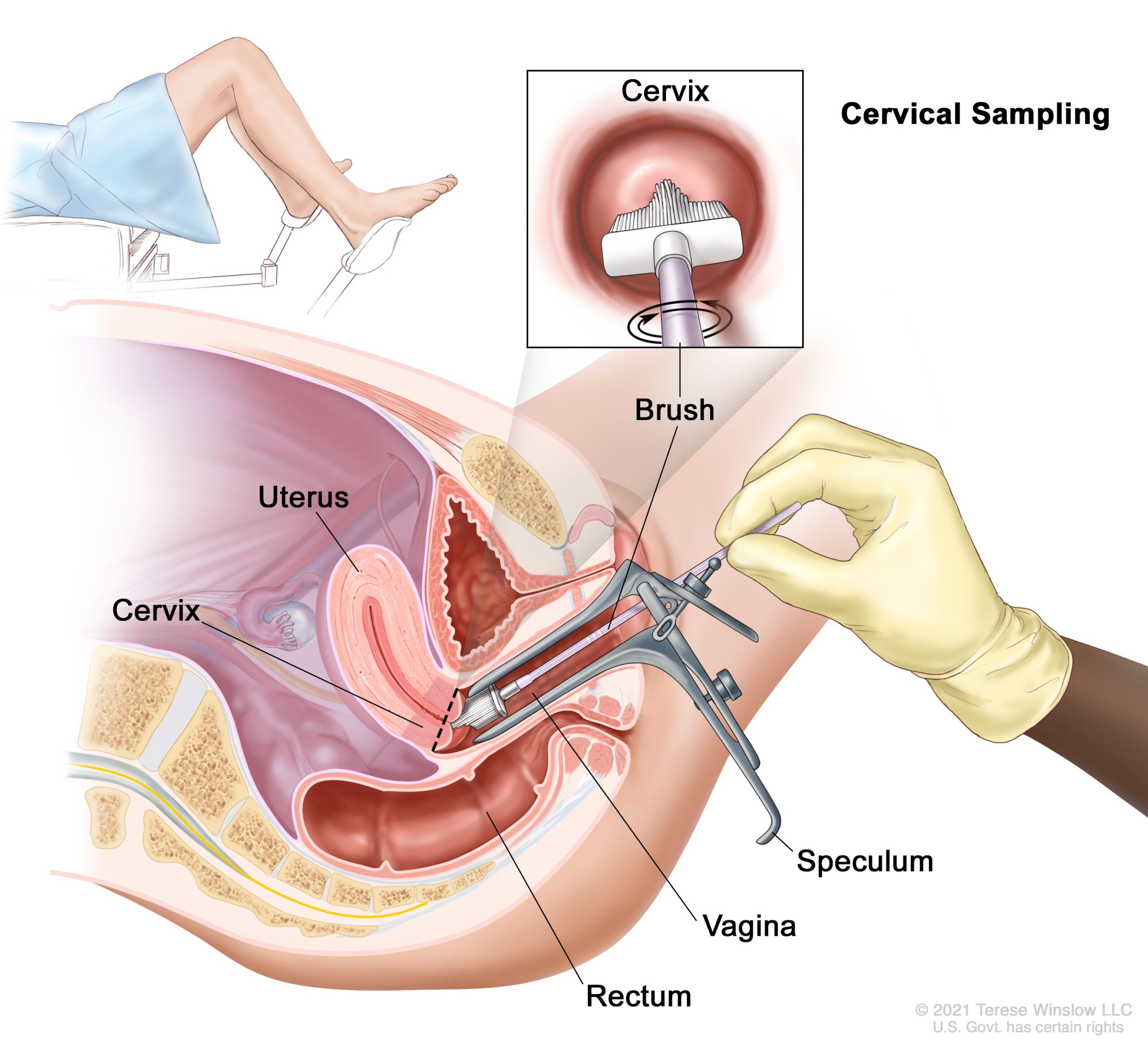Carcinoma of Endometrium: A Comprehensive Guide for Patients
List of pertinent information related to ‘carcinoma of endometrium’:
– Endometrial cancer starts in the cells of the inner lining of the uterus (endometrium).
– It is the most common type of cancer in the uterus.
– Endometrial cancer can be divided into different types based on how the cells look under the microscope, including adenocarcinoma (most common type), uterine carcinosarcoma, squamous cell carcinoma, small cell carcinoma, transitional carcinoma, serous carcinoma, clear-cell carcinoma, mucinous adenocarcinoma, undifferentiated carcinoma, dedifferentiated carcinoma, and serous adenocarcinoma.
– Type 1 endometrial cancers are usually not aggressive and are caused by too much estrogen.
– Type 2 endometrial cancers are more likely to spread outside the uterus and have a poorer outlook.
– Uterine carcinosarcoma (CS) is a type 2 endometrial carcinoma that has features of both endometrial carcinoma and sarcoma.
– Uterine sarcomas start in the muscle layer or supporting connective tissue of the uterus.
– Cancers that start in the cervix and then spread to the uterus are different from uterine cancers.
– The grade of endometrial cancer is based on the organization of cancer cells into glands.
– Grade 1 tumors have 95% or more of the cancer tissue forming glands.
– Grade 2 tumors have between 50% and 94% of the cancer tissue forming glands.
– Grade 3 tumors have less than half of the cancer tissue forming glands and tend to be aggressive.
– Clinical trials are mentioned as a way to find new and better ways to help cancer patients.
– The article provides information on the treatment options for carcinoma of the endometrium.


